 https://www.college.ucla.edu/wp-content/uploads/2025/06/Graduation_991afcf7-fa69-4745-8ab8-4bc648b6caf5-prv-363-241.png
241
363
Alvaro Castillo
https://www.college.ucla.edu/wp-content/uploads/2019/07/Uxd_Blk_College-e1557344896161.png
Alvaro Castillo2025-06-10 14:10:182025-06-11 15:09:52Harvesting a dream: Arismel Tena Meza is graduating with an education that goes beyond the lab
https://www.college.ucla.edu/wp-content/uploads/2025/06/Graduation_991afcf7-fa69-4745-8ab8-4bc648b6caf5-prv-363-241.png
241
363
Alvaro Castillo
https://www.college.ucla.edu/wp-content/uploads/2019/07/Uxd_Blk_College-e1557344896161.png
Alvaro Castillo2025-06-10 14:10:182025-06-11 15:09:52Harvesting a dream: Arismel Tena Meza is graduating with an education that goes beyond the lab
Student voices shine at UCLA College commencement
David Esquivel/UCLA
Kayla McCormack | June 6, 2025
Three…
 https://www.college.ucla.edu/wp-content/uploads/2025/05/PS_NewsroomImageBrandonLazard_363-241.png
241
363
Alvaro Castillo
https://www.college.ucla.edu/wp-content/uploads/2019/07/Uxd_Blk_College-e1557344896161.png
Alvaro Castillo2025-05-21 10:31:152025-06-02 14:33:11Solar physicist and future astronaut Brandon Lazard shares his appropriately warm outlook on life and science
https://www.college.ucla.edu/wp-content/uploads/2025/05/PS_NewsroomImageBrandonLazard_363-241.png
241
363
Alvaro Castillo
https://www.college.ucla.edu/wp-content/uploads/2019/07/Uxd_Blk_College-e1557344896161.png
Alvaro Castillo2025-05-21 10:31:152025-06-02 14:33:11Solar physicist and future astronaut Brandon Lazard shares his appropriately warm outlook on life and science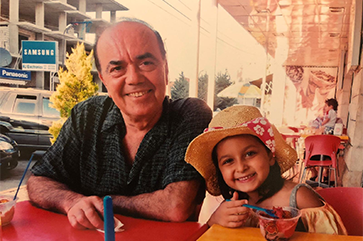 https://www.college.ucla.edu/wp-content/uploads/2025/05/WhatsAppImage2025-363-241.png
241
363
Alvaro Castillo
https://www.college.ucla.edu/wp-content/uploads/2019/07/Uxd_Blk_College-e1557344896161.png
Alvaro Castillo2025-04-30 08:44:102025-05-08 14:36:20UCLA student Nour Rayess is chronicling the lasting impact of decadeslong unrest in the country through first-person stories
https://www.college.ucla.edu/wp-content/uploads/2025/05/WhatsAppImage2025-363-241.png
241
363
Alvaro Castillo
https://www.college.ucla.edu/wp-content/uploads/2019/07/Uxd_Blk_College-e1557344896161.png
Alvaro Castillo2025-04-30 08:44:102025-05-08 14:36:20UCLA student Nour Rayess is chronicling the lasting impact of decadeslong unrest in the country through first-person stories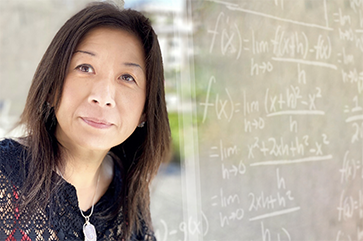 https://www.college.ucla.edu/wp-content/uploads/2025/04/Sierra-Chen-363-241-1.png
241
363
Alvaro Castillo
https://www.college.ucla.edu/wp-content/uploads/2019/07/Uxd_Blk_College-e1557344896161.png
Alvaro Castillo2025-04-10 10:57:262025-04-23 08:41:13The mathematics of compassion: ’93 M.A. grad Sierra Chen gives back
https://www.college.ucla.edu/wp-content/uploads/2025/04/Sierra-Chen-363-241-1.png
241
363
Alvaro Castillo
https://www.college.ucla.edu/wp-content/uploads/2019/07/Uxd_Blk_College-e1557344896161.png
Alvaro Castillo2025-04-10 10:57:262025-04-23 08:41:13The mathematics of compassion: ’93 M.A. grad Sierra Chen gives back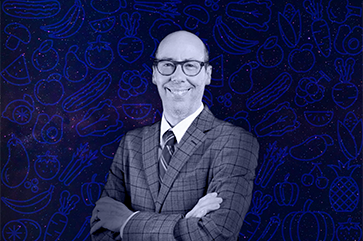 https://www.college.ucla.edu/wp-content/uploads/2025/04/Bobo-magazine-363-241.png
241
363
Alvaro Castillo
https://www.college.ucla.edu/wp-content/uploads/2019/07/Uxd_Blk_College-e1557344896161.png
Alvaro Castillo2025-04-08 08:36:292025-04-09 08:38:29New Bruin Jack Bobo is a globally acclaimed food systems expert whose resume is literally out of this world
https://www.college.ucla.edu/wp-content/uploads/2025/04/Bobo-magazine-363-241.png
241
363
Alvaro Castillo
https://www.college.ucla.edu/wp-content/uploads/2019/07/Uxd_Blk_College-e1557344896161.png
Alvaro Castillo2025-04-08 08:36:292025-04-09 08:38:29New Bruin Jack Bobo is a globally acclaimed food systems expert whose resume is literally out of this world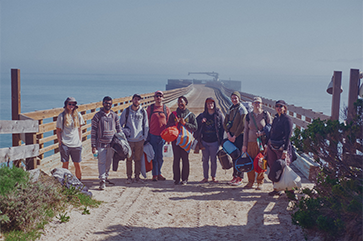 https://www.college.ucla.edu/wp-content/uploads/2025/03/Environmental-humanities-class-Anatoli-Ulyanov-363-241.png
241
363
Alvaro Castillo
https://www.college.ucla.edu/wp-content/uploads/2019/07/Uxd_Blk_College-e1557344896161.png
Alvaro Castillo2025-03-20 16:16:592025-03-21 11:51:19How a Channel Islands excursion brought environmental humanities vividly to life
https://www.college.ucla.edu/wp-content/uploads/2025/03/Environmental-humanities-class-Anatoli-Ulyanov-363-241.png
241
363
Alvaro Castillo
https://www.college.ucla.edu/wp-content/uploads/2019/07/Uxd_Blk_College-e1557344896161.png
Alvaro Castillo2025-03-20 16:16:592025-03-21 11:51:19How a Channel Islands excursion brought environmental humanities vividly to life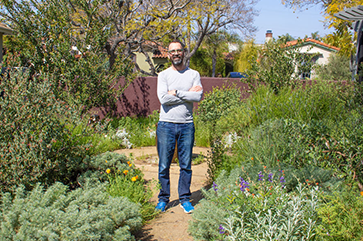 https://www.college.ucla.edu/wp-content/uploads/2025/02/Photo-AlexArmsCrossed-363-241.png
241
363
Alvaro Castillo
https://www.college.ucla.edu/wp-content/uploads/2019/07/Uxd_Blk_College-e1557344896161.png
Alvaro Castillo2025-02-24 09:21:162025-02-25 09:33:25A new vision for climate science and society
https://www.college.ucla.edu/wp-content/uploads/2025/02/Photo-AlexArmsCrossed-363-241.png
241
363
Alvaro Castillo
https://www.college.ucla.edu/wp-content/uploads/2019/07/Uxd_Blk_College-e1557344896161.png
Alvaro Castillo2025-02-24 09:21:162025-02-25 09:33:25A new vision for climate science and society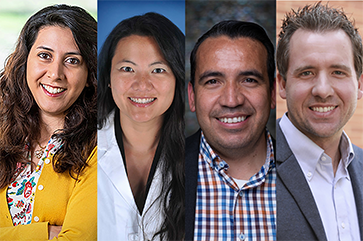 https://www.college.ucla.edu/wp-content/uploads/2025/02/collagefinal-363-241.png
241
363
Alvaro Castillo
https://www.college.ucla.edu/wp-content/uploads/2019/07/Uxd_Blk_College-e1557344896161.png
Alvaro Castillo2025-01-30 09:27:132025-02-06 11:43:01UCLA faculty members, including chemist Osvaldo Gutierrez, honored with Presidential Early Career Awards
https://www.college.ucla.edu/wp-content/uploads/2025/02/collagefinal-363-241.png
241
363
Alvaro Castillo
https://www.college.ucla.edu/wp-content/uploads/2019/07/Uxd_Blk_College-e1557344896161.png
Alvaro Castillo2025-01-30 09:27:132025-02-06 11:43:01UCLA faculty members, including chemist Osvaldo Gutierrez, honored with Presidential Early Career Awards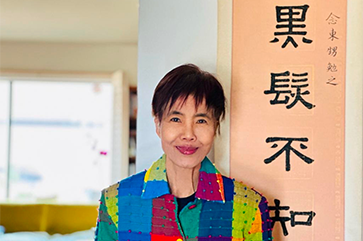 https://www.college.ucla.edu/wp-content/uploads/2025/01/King-Kok-Cheung-portrait-Evans-Chan-363-241.png
241
363
Alvaro Castillo
https://www.college.ucla.edu/wp-content/uploads/2019/07/Uxd_Blk_College-e1557344896161.png
Alvaro Castillo2025-01-10 16:22:272025-01-22 09:38:02UCLA College professor emeritus King-Kok Cheung reflects on a ‘sinuous life as an omnivorous humanist’
https://www.college.ucla.edu/wp-content/uploads/2025/01/King-Kok-Cheung-portrait-Evans-Chan-363-241.png
241
363
Alvaro Castillo
https://www.college.ucla.edu/wp-content/uploads/2019/07/Uxd_Blk_College-e1557344896161.png
Alvaro Castillo2025-01-10 16:22:272025-01-22 09:38:02UCLA College professor emeritus King-Kok Cheung reflects on a ‘sinuous life as an omnivorous humanist’
